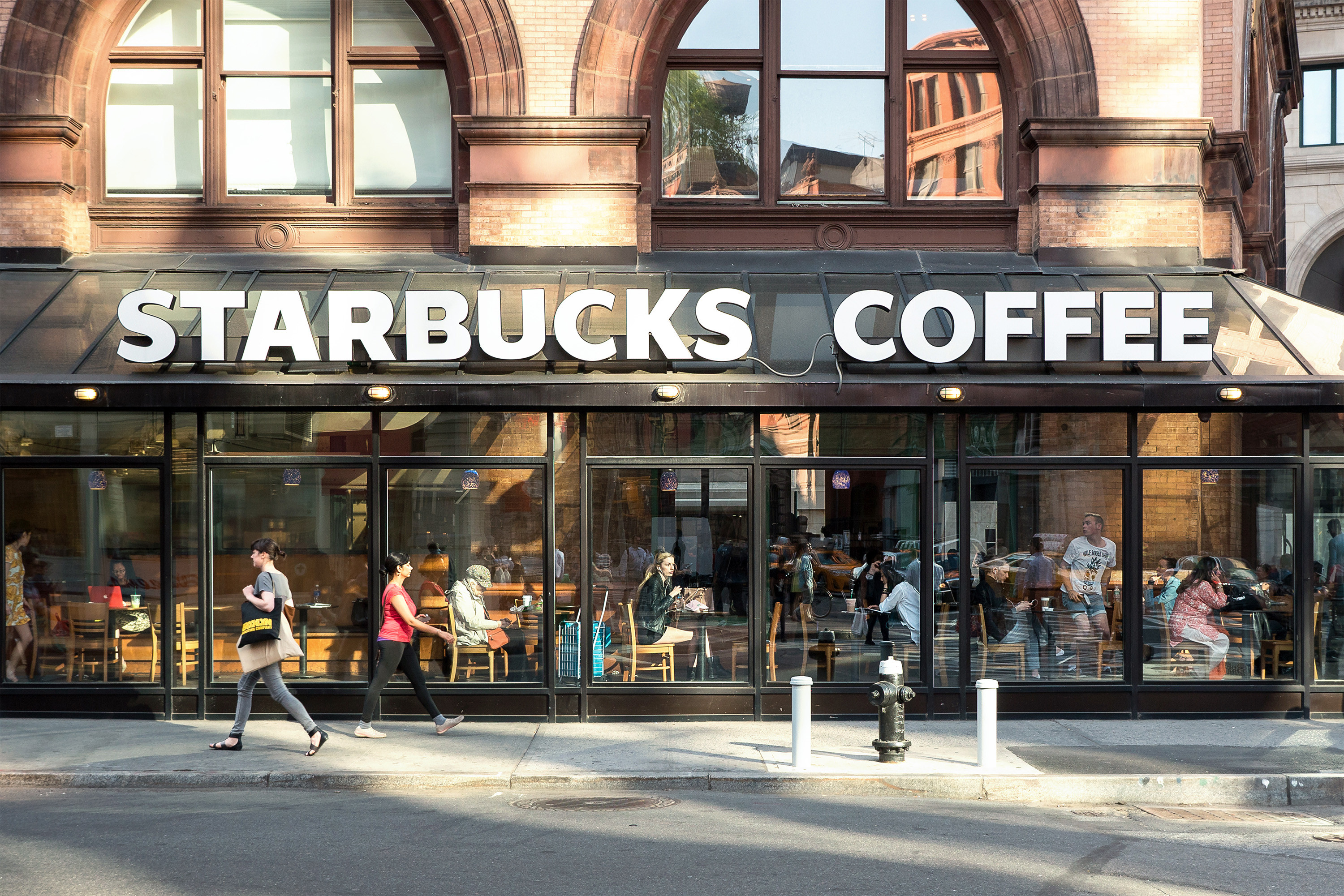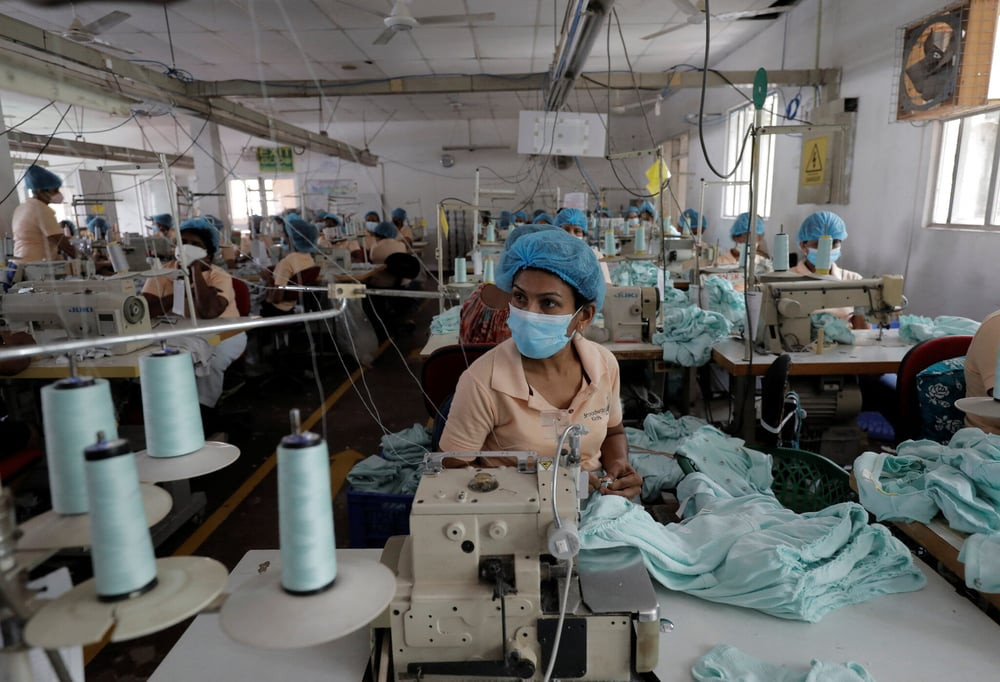Starbucks Ditches Open-Door Policy: Purchase Required for Restroom Use
Starbucks, the ubiquitous coffee giant, has announced a significant policy reversal, ending its long-standing open-door policy that allowed customers to utilize its restrooms and lounge in its cafes without making a purchase. This decision marks a major shift for the company, and one that has generated considerable discussion among customers and employees alike.
The Shift from Open-Door to Paying Customer Priority
The change, effective immediately, mandates that all patrons must make a purchase before using Starbucks facilities, including restrooms. This policy prioritizes paying customers, a decision backed by Starbucks spokesperson Jaci Anderson, who argues that most other retailers already enforce such regulations. Anderson emphasized the desire to create a more welcoming and comfortable atmosphere for those paying for the Starbucks experience. This new policy aims to address issues stemming from disruptive behavior and safety concerns reported by employees and customers in recent years.
The Rationale Behind the Change: A Response to Safety and Disruptive Behavior Concerns
Starbucks' decision isn't arbitrary. For years, stores have grappled with issues ranging from unruly behavior to drug use and safety concerns, leading to the closure of 16 stores in 2022. The company clearly stated that the new guidelines are intended to improve the overall experience for paying customers, fostering an environment where everyone feels comfortable and safe. The revised policy is intended to address the growing safety concerns, the increase in drug misuse and other disruptive behaviors witnessed in recent years, further underscoring the need for a shift in its open-door approach.
The implementation of the new policy reflects a broader strategy aimed at revitalizing the Starbucks experience. Starbucks aims to improve the overall cafe experience, reverting back to the “community coffeehouse” atmosphere that was prevalent before the surge in long drive-thru lines and mobile order backups. This resonates with the comments made by Starbucks' new chairman and CEO, Brian Niccol, who’s focused on re-energizing the coffee chain. A new code of conduct, banning activities such as alcohol consumption, smoking, vaping, drug use, and panhandling, has been introduced. To emphasize the intent, the new rules will be prominently displayed in all company-owned North American stores.
A Historical Context: The 2018 Philadelphia Incident and Its Aftermath
The shift is particularly noteworthy given the circumstances surrounding the original open-door policy. Implemented in 2018 following the highly publicized arrest of two Black men at a Philadelphia Starbucks for trespassing, the policy aimed to ensure that no one felt excluded or denied basic necessities. At the time, then-Starbucks Chairman Howard Schultz emphasized the company's commitment to inclusivity. He stated that they didn't want to become a public bathroom, but rather, to always make the right decision and offer basic services to all. The decision, however, backfired in many ways. Although the intent was noble, it ultimately resulted in an influx of non-paying customers leading to an increase in problems.
From Good Intentions to Unintended Consequences: A Reassessment of the Open-Door Policy
While the initial open-door policy was intended to address inclusivity, it ultimately led to unintended consequences. With no purchase requirement, the stores effectively became public restrooms and hangout spots, often leading to issues such as overcrowding, sanitation problems, and safety risks. This forced the company to re-evaluate its approach, leading to the current policy change. The company’s decision to reverse course after years of experiencing the drawbacks of its open-door policy represents a significant shift, recognizing the limitations of their initial approach.
The New Code of Conduct: A Framework for a Better Starbucks Experience
The new code of conduct, in addition to the purchase requirement, prohibits a range of disruptive behaviors including discrimination, harassment, violence, and the misuse of Starbucks facilities. Starbucks has outlined a clear set of rules aimed at ensuring a respectful and safe environment for both employees and paying customers. The company emphasized that violators will be asked to leave, and, if necessary, law enforcement might be involved. The company also announced that its employees will receive training on enforcing this new policy to ensure smooth and consistent implementation. This proactive step showcases the company's dedication to creating a more welcoming and regulated environment for all customers.
Training and Enforcement: Ensuring the Success of the New Policy
Starbucks' commitment to training its employees on the new policy is crucial. Consistent enforcement is vital for the success of the new guidelines and to create a safe environment for both employees and patrons. This proactive measure demonstrates a commitment towards addressing the issues plaguing their stores and toward improving the overall customer experience. The company’s willingness to invest in employee training demonstrates their seriousness in successfully implementing the changes.
Looking Ahead: A New Chapter for Starbucks
This policy reversal signals a substantial shift in Starbucks' approach to customer service and store management. It reflects the company's efforts to re-establish itself as a welcoming community gathering place, yet also prioritizing the needs of those who are contributing to the business. While some may criticize the shift, others will view it as a necessary measure to ensure the safety and well-being of both staff and paying customers, striking a balance between accessibility and maintaining a positive atmosphere. The long-term effects of this policy change remain to be seen, but it undeniably marks a significant turning point in Starbucks' history and its overall approach to running its cafes.

















